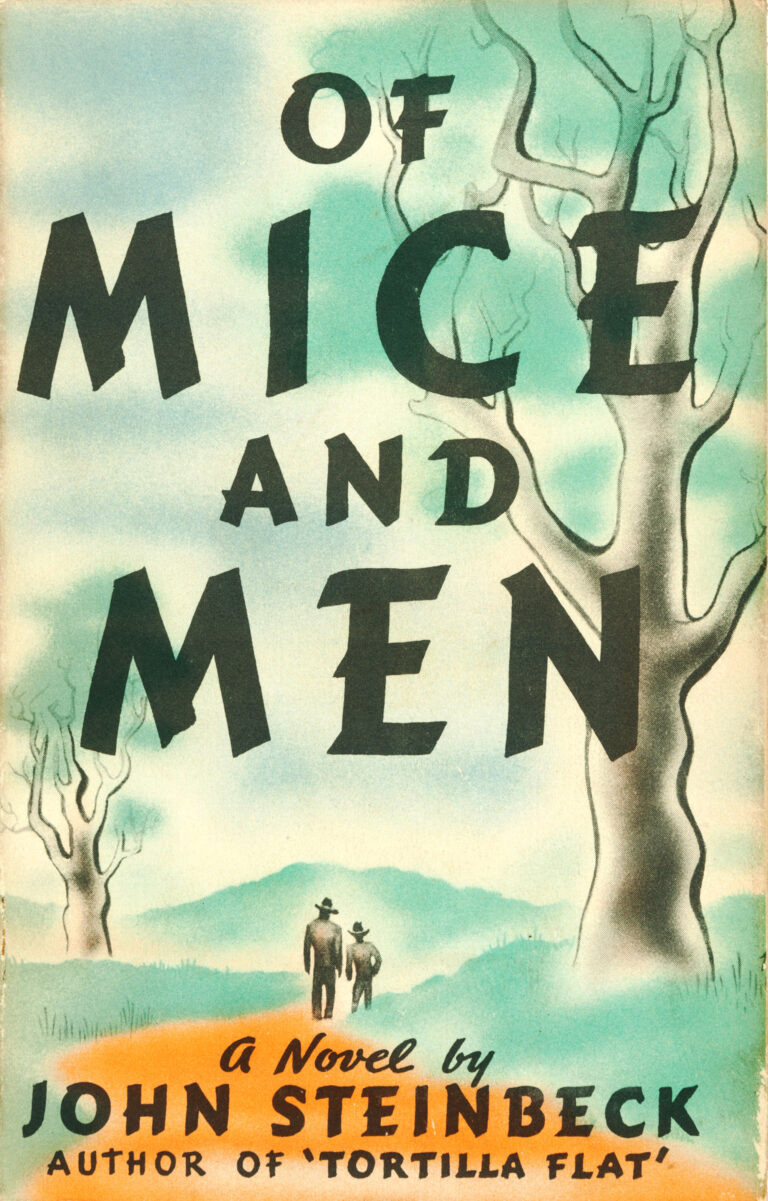Exploring the Classic Novel ‘Little Women’
Exploring the Classic Novel ‘Little Women’
Ever wondered why ‘Little Women’ has remained a cherished classic for over 150 years? Let’s dive into the timeless magic of Louisa May Alcott’s masterpiece.
Hi there, book lovers! I recently curled up with a hot cup of tea and revisited a beloved childhood novel—Little Women by Louisa May Alcott. This novel brought back so many memories and emotions that I couldn’t help but share them with you. Whether you’ve read it before or you’re just curious about its lasting appeal, I invite you to join me in exploring the world of the March sisters—each so different, yet bound by love, dreams, and the challenges of growing up.
Table of Contents
About the Novel
Little Women, written by Louisa May Alcott and first published in 1868, is a semi-autobiographical novel that follows the lives of the four March sisters—Meg, Jo, Beth, and Amy—as they navigate girlhood into womanhood during the American Civil War. Set in Concord, Massachusetts, the story beautifully captures the emotional dynamics of family, the struggles of growing up, and the pursuit of personal dreams in the face of societal expectations. It’s a book that resonates deeply with readers of all ages, thanks to its heartfelt portrayal of everyday joys and sorrows.
Main Characters and Their Roles
Each of the March sisters represents a distinct personality and set of values, contributing to the richness of the novel. Here’s a quick look at the main characters and their defining traits:
| Character | Traits | Role in Story |
|---|---|---|
| Meg March | Responsible, traditional, nurturing | The eldest sister who dreams of domestic stability |
| Jo March | Independent, ambitious, tomboyish | The aspiring writer who seeks a life beyond convention |
| Beth March | Shy, gentle, selfless | The moral compass and heart of the family |
| Amy March | Artistic, charming, determined | The youngest, who matures from vanity to grace |
Themes and Symbolism
Little Women is filled with rich themes and symbols that continue to resonate across generations. These are a few of the most prominent:
- Coming of Age: Each sister undergoes her own personal transformation.
- Gender Roles: The novel challenges societal expectations of women.
- Family and Sacrifice: The Marches often prioritize love and duty over ambition.
- Art and Creativity: Jo’s writing and Amy’s painting symbolize freedom and expression.
- Home as Sanctuary: The March household represents safety and unity in troubled times.
Cultural Impact and Adaptations
Since its debut, Little Women has been an enduring influence on literature, film, and feminism. The novel’s portrayal of independent women pursuing their dreams sparked dialogue on gender roles during a time when women had limited societal power. It has been adapted into numerous films, plays, TV series, and even anime, each bringing a new interpretation while preserving the essence of Alcott’s work. Notable adaptations include the 1994 film starring Winona Ryder and the 2019 Oscar-nominated version directed by Greta Gerwig. These retellings demonstrate the novel’s timeless appeal and its adaptability to modern sensibilities.

Most Memorable Moments
From heartwarming to heartbreaking, the novel offers scenes that linger in readers’ minds long after the last page. Here are a few iconic moments that define the story:
| Moment | Significance |
|---|---|
| Jo refusing Laurie’s proposal | Affirms Jo’s independence and desire for a different life path |
| Beth’s illness and death | Emphasizes the fragility of life and depth of family love |
| Amy and Laurie falling in love in Europe | Shows personal growth and forgiveness |
| Jo publishing her first novel | A triumphant moment of self-realization and creative success |
Why It Still Matters Today
Even in today’s fast-paced digital age, Little Women continues to resonate deeply with readers. Its enduring relevance can be attributed to several factors:
- Authentic portrayal of female growth and empowerment
- Timeless values of compassion, resilience, and self-discovery
- Rich characters that evolve and challenge stereotypes
- Universal themes of love, loss, ambition, and identity
- A literary voice that still inspires writers and readers alike
Frequently Asked Questions about Little Women
Is Little Women based on a true story?
Yes, the novel is semi-autobiographical. Louisa May Alcott based the characters on herself and her three sisters, drawing from their real-life experiences in 19th-century New England.
Why did Jo reject Laurie?
Jo valued her independence and recognized that she and Laurie were incompatible as romantic partners, even though they were close friends. Her decision reflects her personal growth and self-awareness.
What is the main message of Little Women?
The novel emphasizes the importance of family, personal integrity, and the pursuit of one’s own path despite societal expectations. It also highlights the strength and resilience of women.
How does the story reflect feminist themes?
Through Jo’s defiance of traditional roles and her career as a writer, the novel advocates for women’s autonomy, ambition, and equal opportunity—core feminist ideals even today.
Are there different versions of the novel?
Yes. Little Women was originally published in two volumes—the second often titled Good Wives. Modern editions typically combine both parts into one complete narrative.
Which movie adaptation is closest to the book?
While many versions are faithful, the 1994 and 2019 films are especially praised for their loyalty to the spirit of the novel. The 2019 version introduces modern storytelling while honoring the original tone.
If you’ve ever found yourself torn between expectations and your own dreams, Little Women might just be the story your heart needed. It’s more than a tale about four sisters—it’s a mirror that reflects our hopes, fears, and resilience. Whether you’re revisiting this classic or discovering it for the first time, I hope this post helped you see why it still matters. Have you read the book or watched any of the films?






